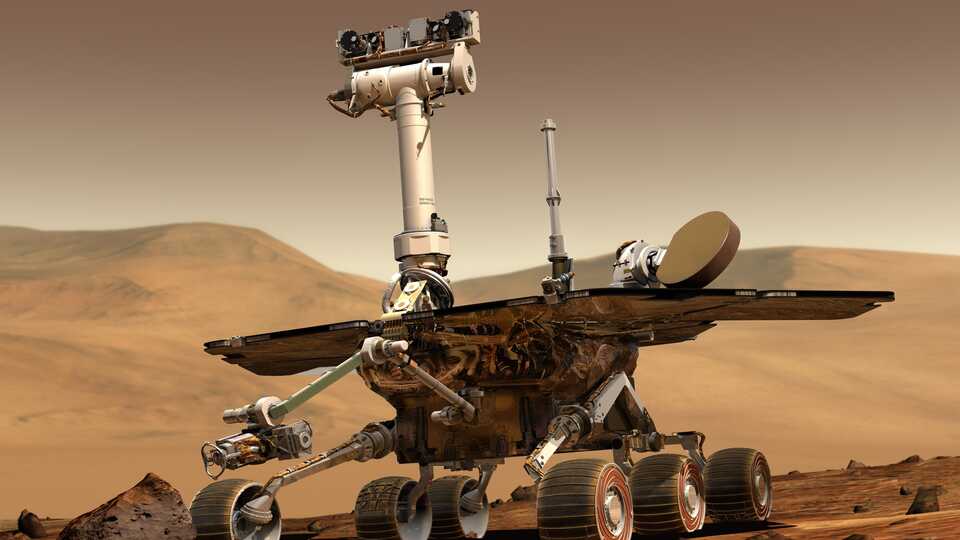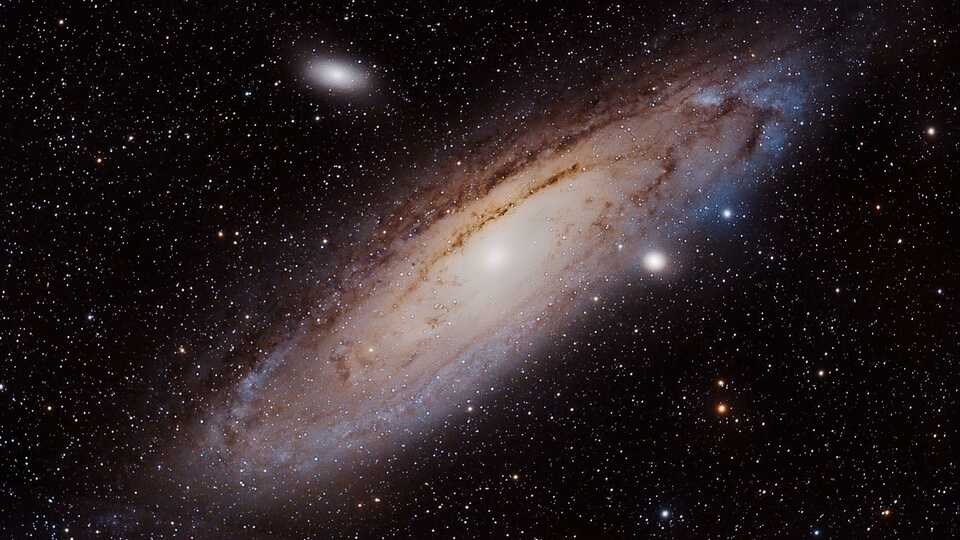
Houston, we have an activity pack! Aspiring rocket scientists ages 8-11 are invited to blast off to other worlds for crafts, activities, and more.
Space is surprisingly close at just 62 miles above Earth’s surface—but heading into the wild interstellar yonder requires very special equipment. Spend four days exploring the spacecraft that cruise our Solar System through guided videos, hands-on crafts, and indoor/outdoor activities.
(Please note: While Science @ Home activities are designed to be conducted by kids, some little ones might need adult help with reading instructions and preparing crafts.)

Day 1: Exploring the Solar System
Every spacecraft launched from Earth has stayed within, or on the edge, of our Solar System. Today, you'll learn more about why things have stayed close to home—so far. (45-60 minutes)
The Solar System is big. It took the Voyager 2 spacecraft 12 years to travel almost 3 billion miles to Neptune—even at an average cruising speed of 42,000 miles per hour! Create a scale model of our Solar System to get an idea of just how mind-bogglingly far the distances between planets really are.
While telescopes teach us a lot, we can learn more about something by changing our perspective. In this activity, imagine that an alien world is right outside your door. If you were an astronomer, how would you observe it, and what tools would you use?
Need a break from searching the skies? Try searching for words instead! Looking forward, backward, down, up, and diagonally, can you find all 16 hidden astronomy terms in this word search?

Day 2: Blast off!
Rockets are used to escape Earth’s atmosphere and launch objects into space—and are some of the biggest and most powerful machines humans have ever made. Today, get fired up to make your own mini-rockets. (45-60 minutes)
Rockets are vehicles designed to travel out of Earth’s atmosphere and into space. Find out why rocket design is so important for successful space missions.
Rockets are powerful tools used to launch spacecraft, satellites, and even people into space. While your “strawket” may not make it into orbit, you’ll see the same high-powered principles in action in this activity.
Rolling isn’t the only way to get around on other planets. Some crafts move through the atmosphere of other worlds, like Ingenuity, a helicopter-style drone currently exploring Mars. Use household items to make your own flying “helicopter” rotor.

Day 3: Rovers, landers, and more
There is only so much you can learn from far away. By sending spacecraft to land on distant planets, we can discover more about their new homes up close using high-tech vehicles. (45-60 minutes)
Join Academy educator Mary to find out more about some of the real-life missions that have landed upon and explored the surface of the Moon and Mars.
Rovers travel to distant moons and planets to explore them up close and send discoveries back to Earth. They use a wide variety of tools to navigate faraway worlds on their own. Find out more about what their components do and what makes them go.
All the worlds in our Solar System are extremely challenging to explore. Join Academy educators Josh, Mary, and Bing as they take a look at the surfaces of three different worlds—Mars, Enceladus, and the Moon—and compare different possible ways to explore them. You can follow along at home using NASA’s free Treks program and imagine how you might send a mission somewhere in the Solar System.

Day 4: Ready for launch
It's time to put your rocket science training to the test. Imagine where in the Solar System you'd like to explore, then cook up a plan that will get your rover there, solve a space mystery, and send its discoveries back home to Earth. (60-90 minutes)
Where would you explore if you could journey beyond Earth? In this activity, you’ll design your own mission with a spacecraft, rocket, and plenty of imagination to answer questions you have about other worlds.
Our Solar System is filled with mysterious locations and features, from underground lakes to unbreathable atmospheres. Take a look through seven posters of unusual planets and moons and start planning your expedition.
You’re in the driver’s seat of an imaginary Mars mission! Using your surroundings, your imagination, and the help of another person, you will simulate the complex process of moving a rover on a different planet.

Kid & caregiver extension activities
You may think you've gone to infinity and beyond, but there's always more to learn about the final frontier. Keep going!
Stay up-to-date on the latest Solar System news with these online resources about current missions to the Moon, Mars, and Venus, as well as upcoming rocket launches.
Looking for more Morrison Planetarium content? Check out our archive of livestreamed weekly planetarium shows and cosmic conversations on our Facebook page.
NASA astrobiologist Jennifer Blank describes the early days of the Mars Curiosity rover and how we might look for life on the Red Planet by searching on our own.
